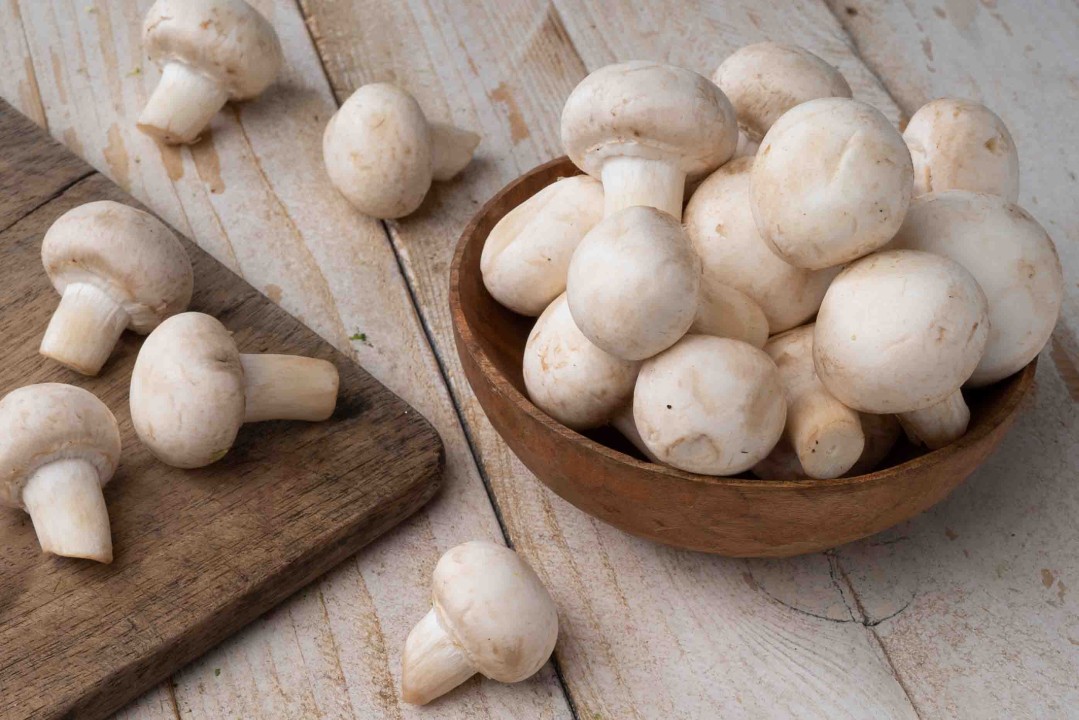Six Steps to Mushroom Farming | Starting a Mushroom Farming Business | Steps in mushroom cultivation
Six Steps to Mushroom Farming:
Mushroom farming involves several steps to successfully cultivate mushrooms. Here are six essential steps to mushroom farming:
1. Substrate Preparation:
- Choose a suitable substrate for mushroom cultivation. Common substrates include agricultural waste such as straw, sawdust, corn cobs, or cottonseed hulls.
- Prepare the substrate by chopping, shredding, or grinding it to the desired consistency.
- Pasteurize or sterilize the substrate to eliminate competing organisms and create a favorable environment for mushroom growth. This can be done using heat, steam, or chemical treatments.
2. Inoculation:
- Once the substrate is prepared and cooled, inoculate it with mushroom spawn. Mushroom spawn is the vegetative mycelium of the mushroom fungus grown on a nutrient-rich substrate.
- Mix the mushroom spawn thoroughly into the substrate using sterile techniques to ensure even colonization.
- Transfer the inoculated substrate into containers, bags, trays, or beds, depending on the chosen cultivation method.
3. Incubation:
- Place the inoculated substrate in a clean and controlled environment suitable for mushroom mycelium growth. The optimal temperature and humidity conditions vary depending on the mushroom species being cultivated.
- Monitor the incubation process regularly to ensure proper mycelial colonization of the substrate. This stage typically takes several weeks, during which the mycelium spreads and colonizes the substrate.
4. Fruiting Initiation:
- Once the substrate is fully colonized by the mycelium, initiate the fruiting stage by exposing the substrate to conditions conducive to mushroom formation. This includes lowering the temperature, increasing humidity, and providing adequate airflow and light, depending on the mushroom species.
- Some mushrooms require specific environmental cues, such as changes in temperature or light cycles, to trigger fruiting.
5. Fruiting and Harvesting:
- Monitor the fruiting process closely as mushrooms begin to develop and mature. Depending on the mushroom species, fruiting can occur over several days to weeks.
- Harvest mature mushrooms by gently twisting or cutting them from the substrate. Be careful not to damage the surrounding mycelium or other developing mushrooms.
- Harvest mushrooms regularly as they mature to ensure optimal yield and quality. Some mushrooms may produce multiple flushes of mushrooms over time.
6. Post-Harvest Handling:
- After harvesting, handle the mushrooms carefully to minimize bruising and damage.
- Sort the mushrooms based on size, shape, and quality. Remove any damaged or spoiled mushrooms.
- Store the harvested mushrooms in a cool, humid environment to prolong shelf life. Proper storage conditions help maintain freshness and prevent moisture loss.
By following these six steps to mushroom farming, growers can successfully cultivate a variety of mushroom species for personal consumption or commercial production. It's important to research and understand the specific requirements of the chosen mushroom species to optimize growing conditions and maximize yields. Additionally, practicing good hygiene, sanitation, and pest management techniques are essential for successful mushroom cultivation.

Comments
Post a Comment